Why scissors matter
When it comes to saltwater fly tying, scissors might not be the flashiest tool on your bench—but they’re absolutely one of the most important. A good pair of tying scissors is like a chef’s knife: the right blade makes all the difference in precision, efficiency, and the quality of the final product. Saltwater flies, with their mix of tough synthetic fibers, durable natural materials, and larger overall profiles, demand scissors that can handle more than just delicate thread snips.
You’re often dealing with heavy-duty materials: bucktail, yak hair, craft fur, synthetics like EP fibers, flash, mylar tubing, foams, and even tough monofilament. These materials can dull or ruin a cheap pair of scissors fast. Having the right scissors keeps your cuts clean, help shape profiles accurately, and prevents ragged ends that ruin the look of a fly. Simply put: sharp scissors equal better flies.
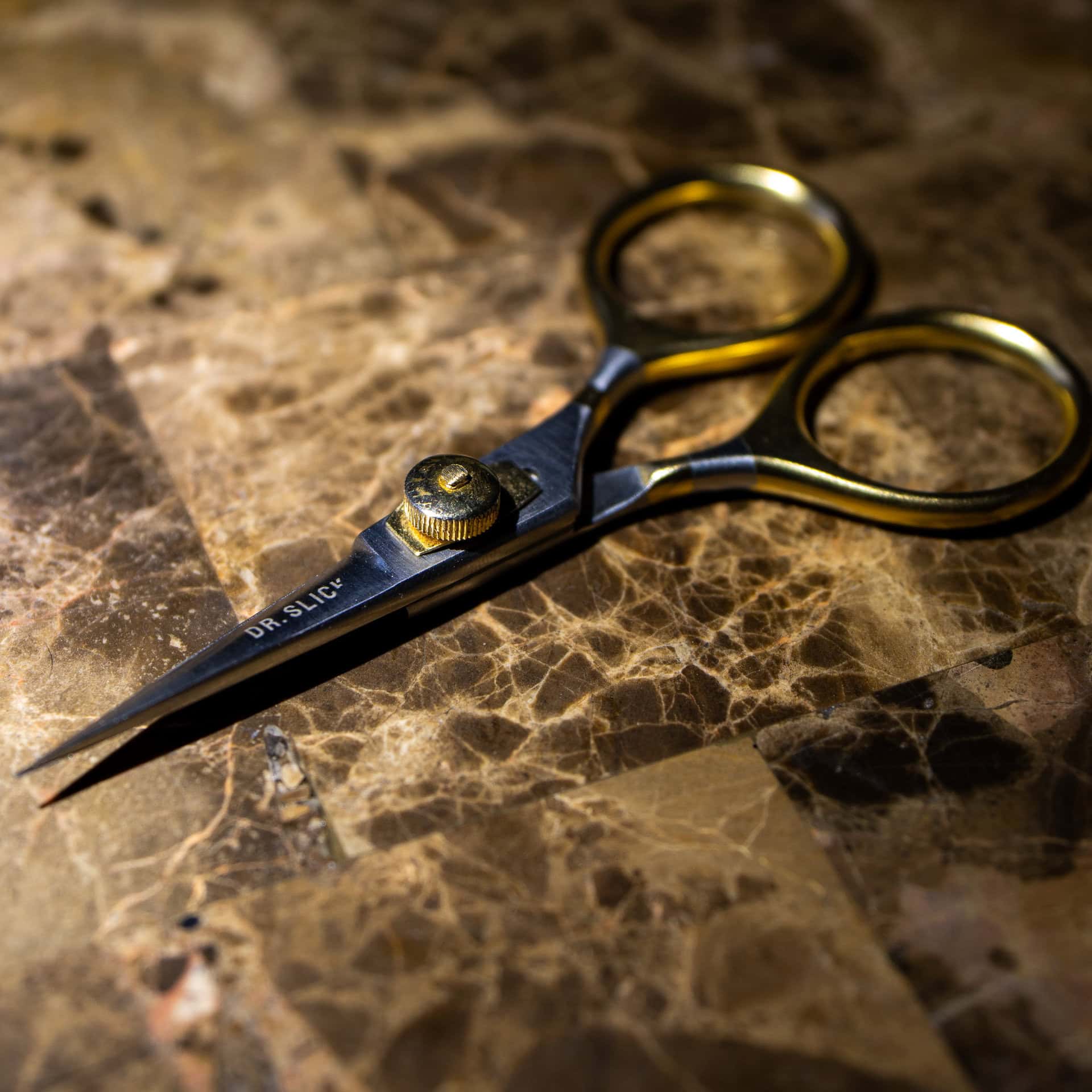
Straight-/flat Blades (with or without micro serrations) : The classic all-purpose option. Great for most trimming and shaping.

Micro-Tip / Fine Point: Ideal for detail work, cutting thread close to the hook eye, or snipping flash precisely.

Curved Blades: Perfect for shaping heads, bodies, and rounded profiles on baitfish patterns.
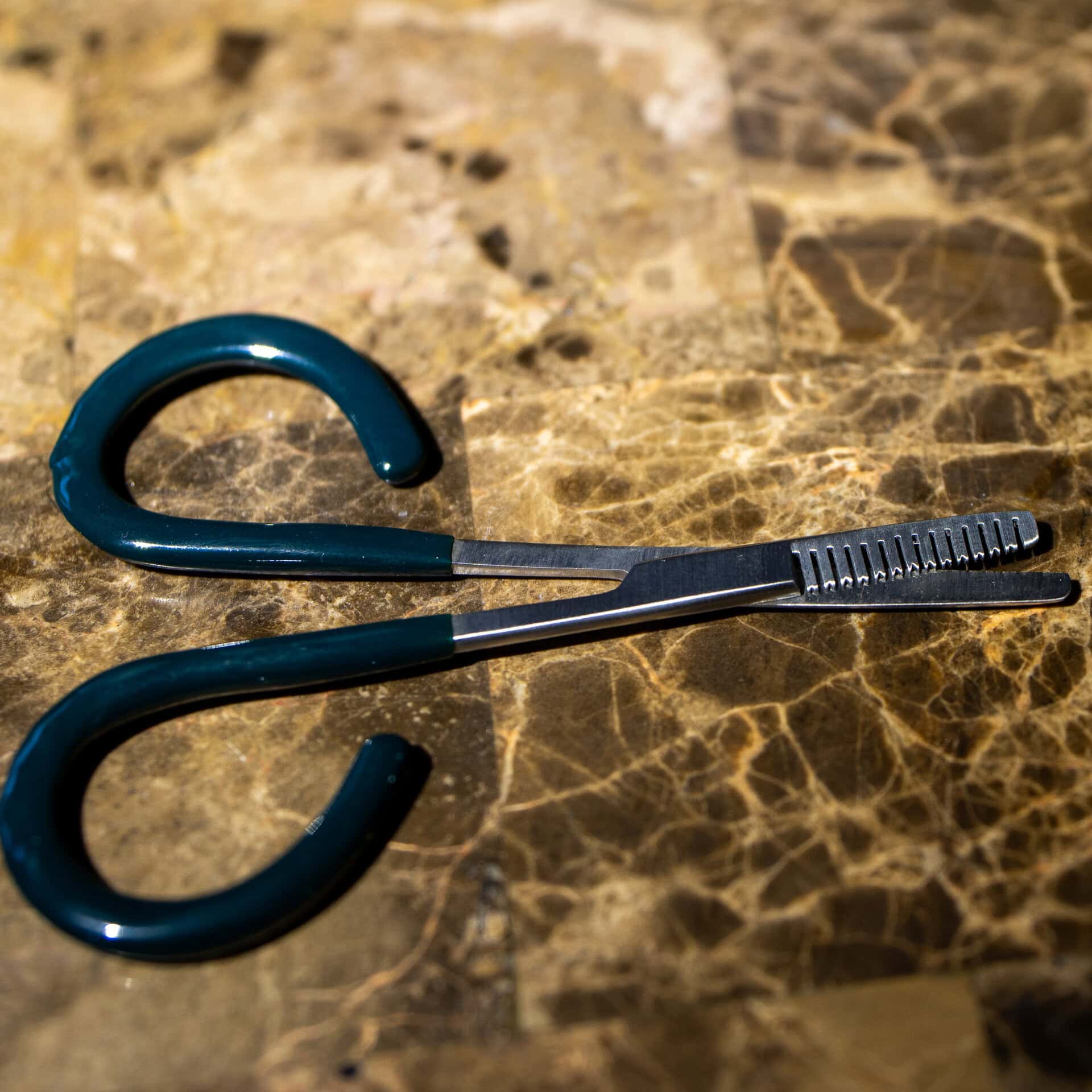
Specialty blades: Such as thinning blades for trimming bulkier clumps of material down.
One is not enough.
Ask any saltwater tier, and they’ll tell you—keep at least two pairs of scissors their bench:
First off, you’ll want a good pair of fine-tip or all-purpose scissors. For everyday tying at the vise, stick with something not too long and not too delicate—just a solid, general-purpose pair. Keep these sharp, and don’t use them on weed guards or heavy synthetics like bulk EP fibers.
Next, you’ll need a larger, longer pair—the real workhorse. These are for chopping and trimming bulkier materials like bucktail, heavier synthetics, tubing, and general prep work. Go for something a little more robust that can handle abuse.
Many tiers also keep a third pair of “junk scissors” or bigger bench scissors handy for cutting wire, lead eyes, or anything else that would ruin your good pair.
And if you’re like me (Capt. Mike Passalacqua), you’ll probably end up with more than three—because, well… why not?
What I normally keep on my desk at all times when tying:
All-purpose Dr. Slick tungsten carbide scissors, Hair Dr. Slick tungsten carbide scissors, EP Bench scissors in 6″, and OFF flush cutters. These tools give me the ability to tie anything from small bonefish flies to the largest offshore patterns, including bead chain, heavy mono, and even light wire—while still maintaining the precision needed for very fine detail work with ease.
Materials You’ll Cut—and the Scissors You’ll Want
Thread & Flash: Fine-tip scissors, kept razor sharp.
Bucktail, Yak Hair, Craft Fur: Heavy-duty straight or serrated blades.
Synthetics (EP, SF fibers, etc.): Micro Serrated scissors excel at gripping slick fibers.
Tubing, Wire, Lead Eyes: Use your sacrificial “junk” scissors “bench” scissors even dedicated wire cutters. like the OFF Angled Flush Cutters I ALWAYS have a pair of these on my desk and couldn’t even begin to tell you how often they are used.
Size and Ergonomics
Saltwater flies are bigger than trout flies, so larger scissors are often more comfortable. A 4–5 inch scissor with roomy finger loops is a solid choice for most work. That said, keep a smaller precision pair (around 3.5 inches) for finishing touches and fine trimming. Comfort matters, too—if you’re tying for hours, scissors with small finger loops can often fatigue you’re fingers and be harder to work with. Match the scissor length to the flies you’re tying. I wouldn’t chose small precision tipped scissors if I’m tying a large offshore sailfish fly – it’s not the right tool for the job.
Taking Care of Your Scissors
-Don’t use your fine scissors on heavy synthetics.
-Wipe blades down to remove salt or glue residue.
–Sharpen when needed, or replace if they start to fold fibers instead of cutting.
I keep a small diamond stone handy to touch up my straight blades quite often. If you’re going to sharpen your scissors, only sharpen the straight edge side very lightly. Try not to sharpen the micro serrated side at all.
Scissors might not get the same attention as the hook, or flashy new materials that keep coming out, but in saltwater fly tying they’re the unsung heroes. A thoughtful setup—at least one fine pair, one medium pair, and maybe a backup beater pair—will keep you tying sharper, cleaner, and more durable flies.
When you’re out chasing tarpon, snook, or stripers, you’ll be glad your flies look tight and fish right—thanks to the right scissors at the bench.

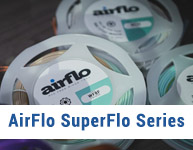


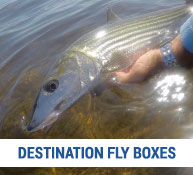
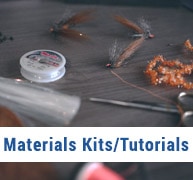
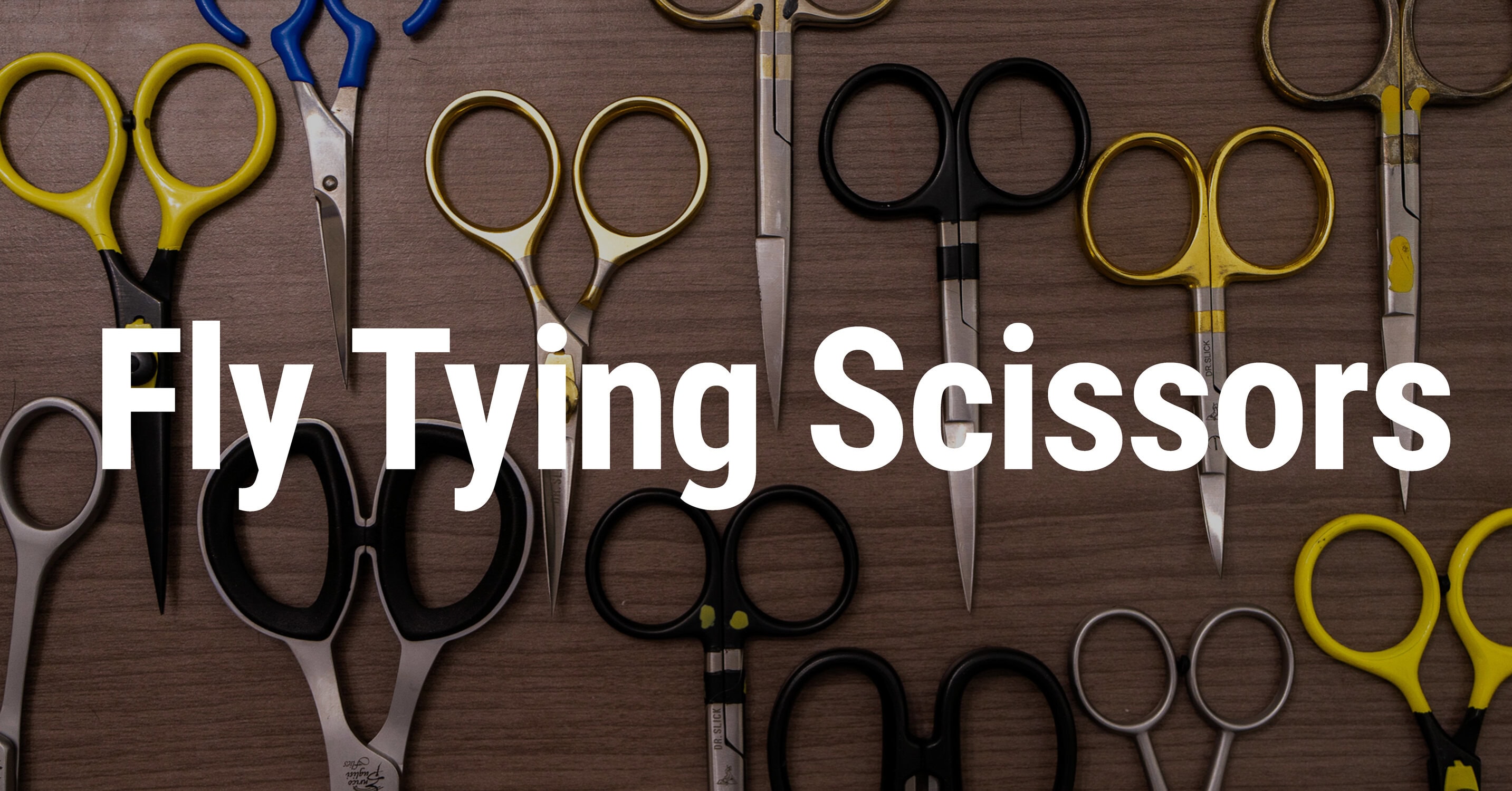
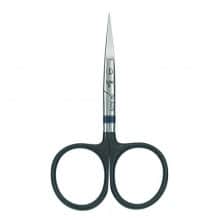
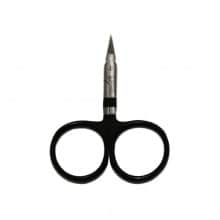
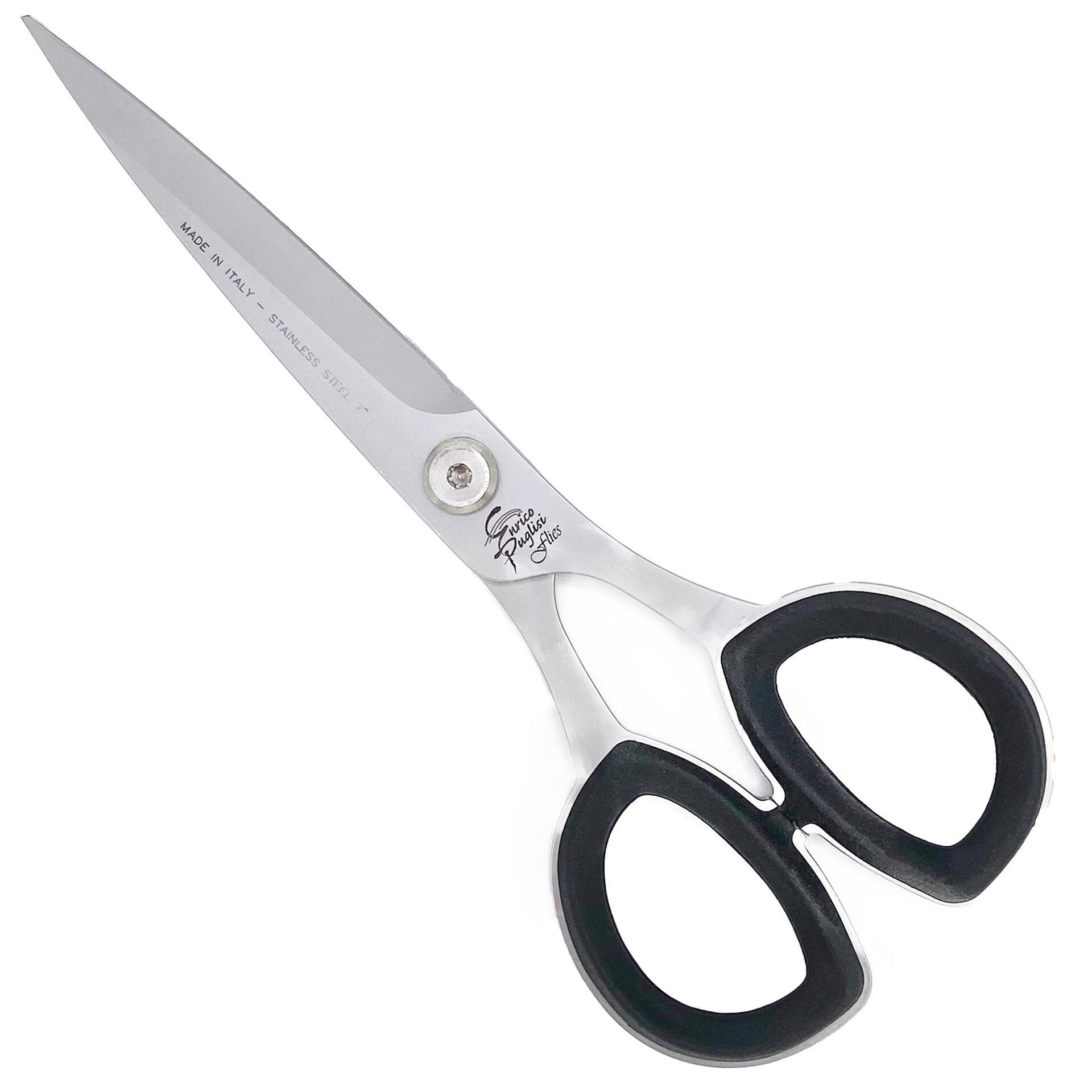
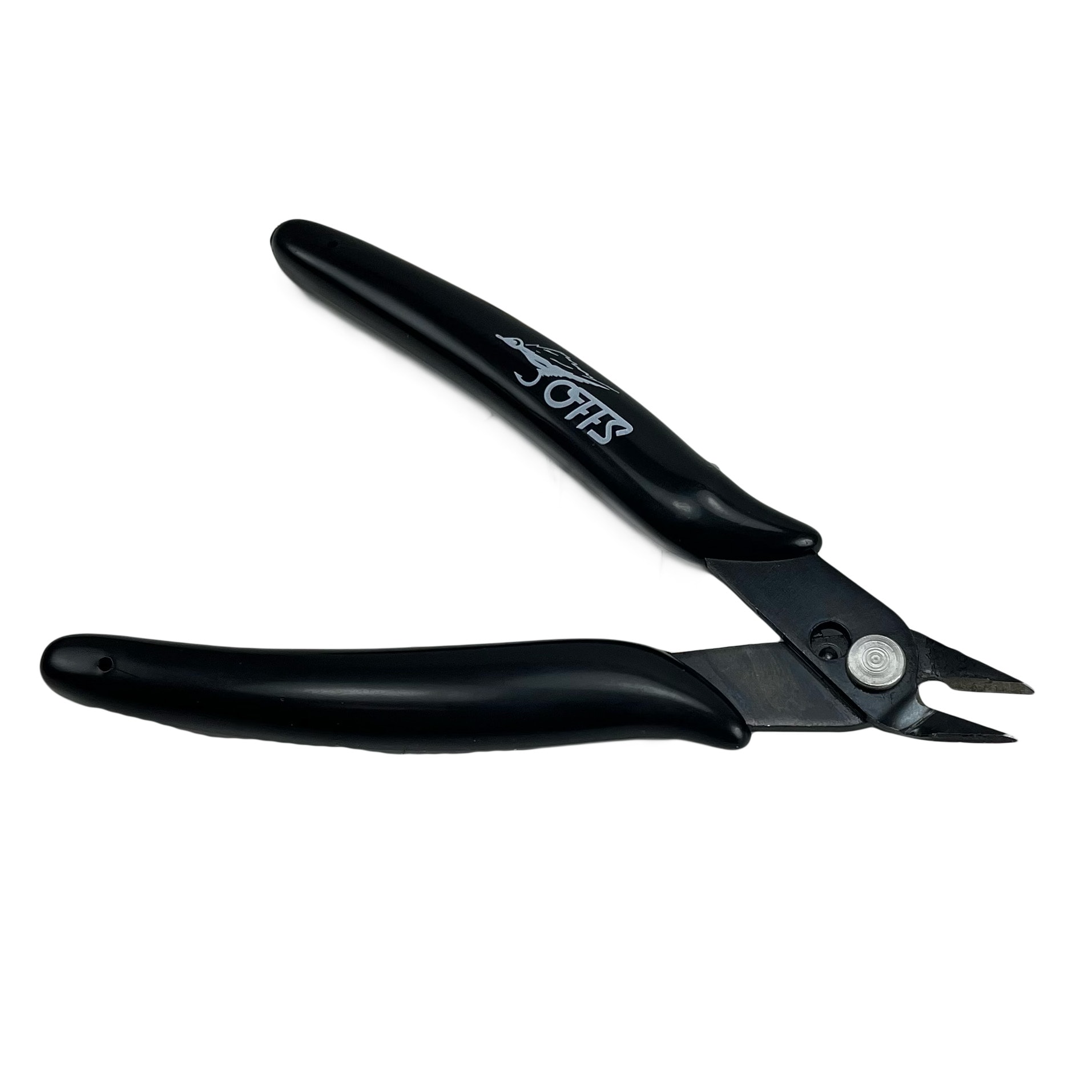
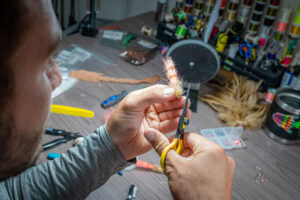
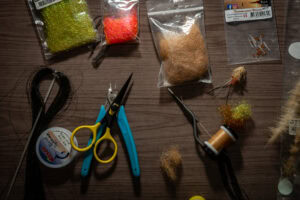


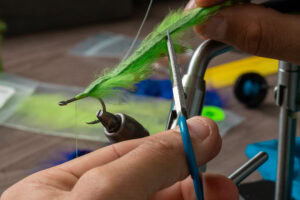
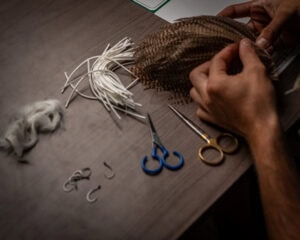

The best scissors get dull and lose their edge. Who do you recommend for sharpening?
I have 31 pairs that need sharpening.
Thanks,
Capt. Al White
Hey Al, if you can get a diamond plate in 1000 grit and run the scissor flat it will make it a heck of a lot better. If you’re not use to free hand knife sharping – sharpening scissors can be very difficult